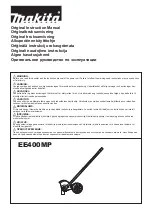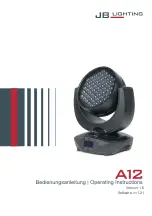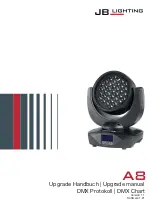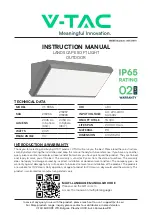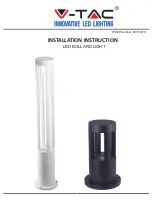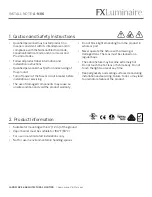
What are the causes of SAD?
Since the early study by Rosenthal, Wehr, Mueller, Lewy et al (1984), entitled
‘Seasonal Affective Disorder: A description of the syndrome and preliminary
findings with light therapy’, researchers have continued to make advances
in understanding SAD and the importance of light.
The symptoms of SAD can be traced back to the hypothalamus, a small
part of the brain which controls mood, appetite, sleep patterns, body
temperature and sex drive, as well
as regulating hormones.
This part of the brain responds
to impulses caused by light
entering the eye. The functions
of the hypothalamus decrease
when there is insufficient light
entering the eye, causing chemical
imbalance.
An example of such imbalance includes the reduction of Serotonin, a
neurotransmitter which helps pass messages from the brain to every part
of the body. The existence of Serotonin has been found to significantly
fluctuate between summer and winter in SAD sufferers, causing problems in
relaying messages during the darker months.
Similarly, the chemical Melatonin will induce sleep when produced in large
quantities. Sufficient light, received by the hypothalamus, trigger the pineal
gland to suppress the production of Melatonin.
The place of Light Therapy in SAD.
As SAD is caused by a lack of light, the logical treatment has always been
to supplement this intake. Bright light therapy has been proven to be
effective in up to 85% of people diagnosed with SAD. Treatment commonly
takes the form of a light box.
It is important that sufficiently intense light is received for the treatment to be
effective. This intensity is measured in lux.
How much light required will vary with each individual and with the
severity of their condition. A daily dose of 2,500 to 10,000 lux is generally
recommended for the treatment, but it is often necessary to try different
routines of use and monitor the results.
1700_240717_Instructions_V3.indd 4
09/08/2017 10:11:49













